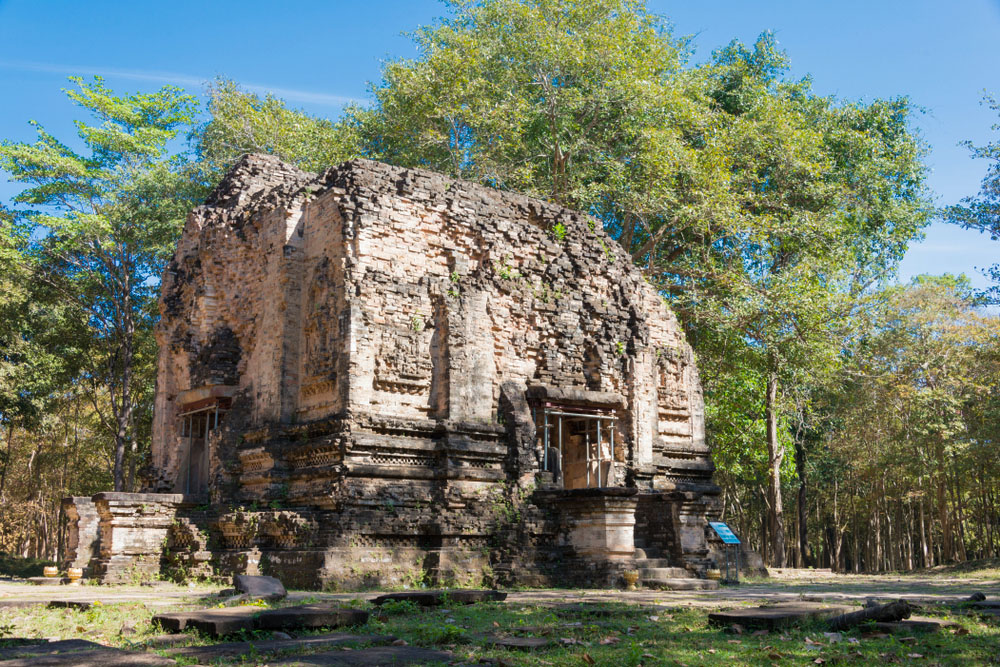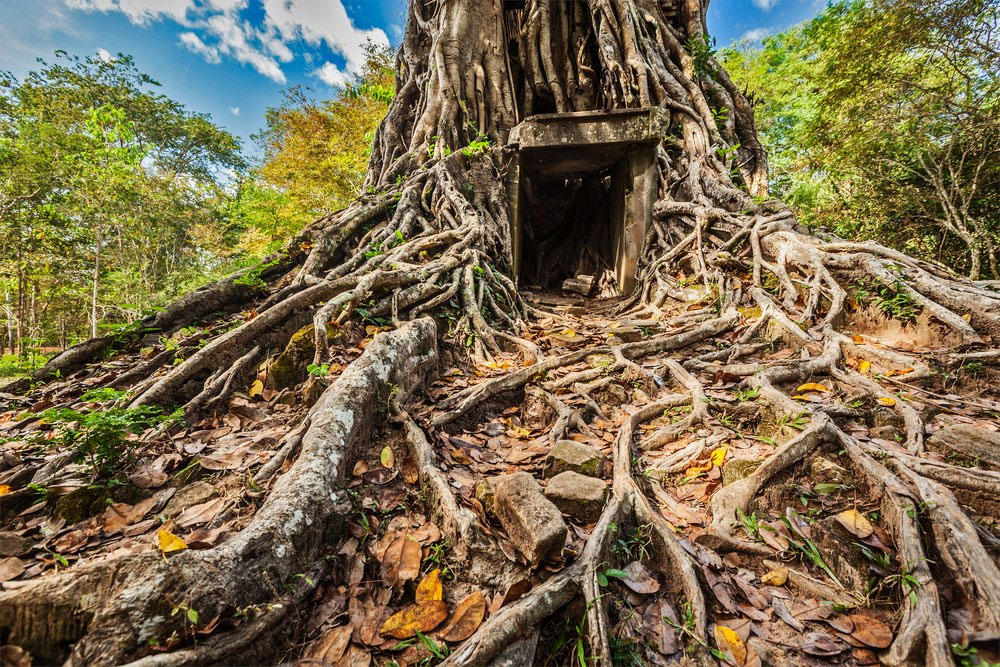Sambor Prei Kuk Temple Complex
Last update
11 April 2023
By the end of 2017, the pre-Angkorian temple complex of Sambor Prei Kuk in Kampong Thom (Cambodia) was recognized as a UNESCO World Heritage Site.
By the end of 2017, the pre-Angkorian temple complex of Sambor Prei Kuk was recognized as a UNESCO World Heritage Site. This is a testament to the interest of the international community in the oldest religious complex in Southeast Asia. When this complex becomes famous, it will provide financial opportunities for restoration and conservation.
1. Geographical location
Sambor Prei Kuk is an archaeological site located in the province of Kampong Thom, Cambodia. It is located 30 km north of the capital Kampong Thom, 176 km east of the World Heritage site of Angkor and 206 km north of Phnom Penh. From Phnom Penh, drive on Highway 6 to the city of Kompong Thom and then toward the north-east on an extremely red dirt road that leads into the jungle. This complex was built under the pre-Angkor rule of the Chenla Kingdom (late 6th-9th century).
2. Sambor Prei Kuk’s architectural style
The complex includes temples, octagonal towers, Shiva statues, Yoni statues, ponds and reservoirs, and lion sculptures. The architectural style of the temples of Sambor Prei Kuk is different from those in Indian art. Brick temples and stone shutters are often separated or grouped together. The art of sculpture retains some of the characteristics of Indian forms but brought many characters from Khmer culture. The main material is brick, but sandstone is still used for some structures.
The towers are very similar to the Champa temples, an ancient work found in the Central of Vietnam.

3. The status of Sambor Prei Kuk
The complex has 54 groups of both large and small temples scattered in the wild forest in an area of 30 km2. This was found in the middle of tropical forests that were mined by the Indochinese war. The area is now free of bombs and mines. Temples are rarely restored and in ruins. Unfortunately, many temples were destroyed by American bombs or by trees. Temples are found in 3 or 7 temples/group. The distance between each group is 5 minutes walking. The two largest and most intact temples are Trapeang Ropeak and Yeai Pourn.
There is an interesting battle in Angkor between the ancient temples and the huge trees that the ancient banyan trees are trying to swallow the temple. The show is not as spectacular as in Angkor, but it seems rather … ruthless. The image of a sanctuary nestled among the layers of the tree root evokes reflections on prosperity and the decline of history also. The wall of the ancient capital was blurred with grass and there are Hindu traces such as linga and yoni everywhere. Sambor Prei Kuk is not as splendid as Ayuthaya in Thailand, it is not as imposing as Angkor, but the pure and robust structure of the ruining temples is sufficient to vibrate all tourists. This place is quite isolated, and unknown to tourists.

4. Sambor Prei Kuk conservation
That the roots of the large trees enveloped the temple showed us the struggle between humanity and nature - but in the end, nature won with the roots that embraced the towers. The destruction of nature has made the temple very depressing - almost ruined and badly damaged, making restoration very difficult. The stone sculptures are blurred with time, making the definition of these works difficult.
Fortunately, most of the Hindu goddesses of Sambor Prei Kuk have been removed and kept in the National Museum of Phnom Penh. The statues of Sambor Preikuk have a face close to the Indians and are strongly influenced by Greek art.
